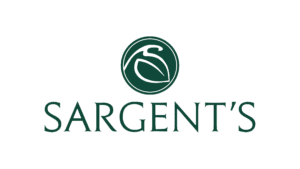Want a Pollinator Paradise in Your Garden?!
Here are seven ideas to help turn your yard into a place pollinators want to hang out.
Plant plants with a succession of bloom seasons
Make sure to have something flowering from spring until fall. Keep in mind that it does not have to be annual or perennial plants. Many trees and shrubs are some of the earliest nectar and pollen sources.
Plant in drifts
This not only gives you beautiful visual impact while the flowers are blooming but most pollinators only collect from one type of flower at a time. By planting in masses, you can help them preserve their energy and to be more efficient. Choosing plants with a long bloom season is also helpful.
Plant a variety of flower shapes
Ray-type flowers are good for many different pollinators. The open flowers are easy for the insects to land on while they are feeding. The center of the flower is exposed, and the pollen and nectar are readily accessible. Some flowers, such as asters, “refill” themselves with nectar as they are being visited rather than only filling once a day. Tubular flowers can only be accessed by pollinators with long tongues or by ones that small enough to crawl inside the flower. To get the nectar, some short-tongued insects will cut a slit near the base of the flower and drink the nectar from there. Closed flowers such as Turtlehead can only be pollinated by bees that are strong enough to pry the petals open far enough to be able to crawl inside the bloom.
Provide a spot for insects to get water
Put a few rocks in your birdbath to give them a safe place to drink without drowning.
Provide food for the larval stages
While flowering plants are wonderful for the adult insects, woody plants are great larval host plants. Lindens and oaks alone are larval hosts for over 300 species of butterflies and moths.
There are more to pollinators than honeybees
Although honeybees get most of the credit for pollination, our native bees are much more efficient pollinators due to the fact they can forage at cooler temperatures than honeybees. Other insect you may not think of as pollinators include moths, beetles, and flies.
Providing natural habitat is good throughout the ecosystem
Providing pollinator habitat also provides habitat for other insects in our ecosystem, which in turn provides habitat for birds and other animals up the food chain.
